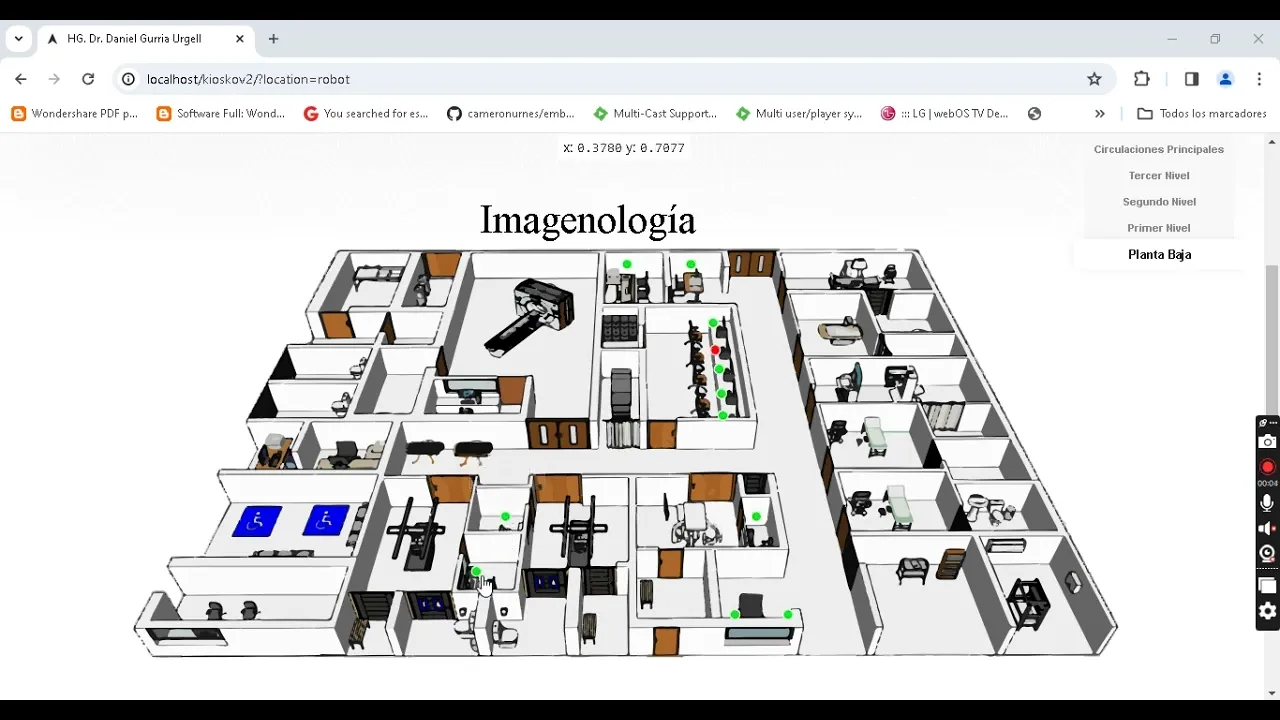Please check if the feature has not already been requested.
If not, please describe it

 Status Change for Printers and Network Devices - Inventory via SNMP
Status Change for Printers and Network Devices - Inventory via SNMP
Today in the Administration > Inventory menu, we have 2 ways of interacting with equipment through the status that would be considered a life cycle of the equipment as a whole
The first of them, the clearest, is the default status, perfect, it is applied to practically all classes of devices that have direct inventory (Agent + SNMP): Computers, Printers and Network Device
And the second way in the same menu, at the end of the page, is called "Agent cleaning", using the "Change status" action
Today this second menu works only for computers, although the default status is applied to computers, printers and network devices
My suggestion would be to include these 2 types of device: Printer + Network Device, so that this menu could change its status, just like it already happens with computers
Or that this option was created right below this same menu, allowing you to select whether or not to use these other inventories as an option.
The logic behind this is that if the computer is necessary to have a certain level of control over its life cycle automatically, because printers and network devices that already come from SNMP inventories cannot also have the same support.

 Provide the application with the ability to visualize the location of the devices on a floorplan
Provide the application with the ability to visualize the location of the devices on a floorplan
I suggest adding the option to add a floorplan to graphically show the location of the PCs. I share an example:

The display of pc's in the form of list is great. But I think that an ideal complement would be to provide the application with the ability to visualize the location of the devices on a floorplan.

 add feat: approval chain: sequential approval
add feat: approval chain: sequential approval
Hello.
It would be great if you made consistent approval in the business rules for tickets.
example:
an application was created / approver #1, then if approver #1 approved, then the ticket was transferred to approver #2, etc.

 Signaturepad in GLPI
Signaturepad in GLPI
Hello would it be possible to add a signature pad in jquery that can be used to confirm assignement of assets to a user ?

 Field unicity across all itemtypes
Field unicity across all itemtypes
The idea would be to have unicity across itemtypes.
For example, an inventory number must be unique, whatever the itemtype.
wawax posted this idea to the project repository and tagged it as an enhancement.

 Internal links in the knowledge base articles
Internal links in the knowledge base articles
It would be very useful to be able to place links in an article in the knowledge base, that lead to another place in the same article. This would make it easier to navigate through a long article, or even to make a table of contents.

 Update Documentation of GLPI
Update Documentation of GLPI
It is really hard to learn how GLPI works. The business model is complicated, and all the documentation is english or french is deprecated

 TISAX compliance
TISAX compliance
Adjust GLPI to TISAX certificate and ISO/IEC 27001 requirements.
GLPI is in 80% inline with TISAX requirements.
Will be super useful for all companies what have to implement TISAX and they already using GLPI.
Tthere is only few point missing in GLPI to be TISAX compliance, like:
E-learing platform
Risk assessments

 vulnerability (CVE) list in computers and virtual machines
vulnerability (CVE) list in computers and virtual machines
Hi GLPI devels
I think it will be nice to have in GLPI database an active lsit of vulnerabilities (CVEs) for computers and virtual machines.
GLPI agent or Fusion agent could use debsecan or other system tools to detect vulnerabilities and raport them to GLPI Database.
Searching or making raports from computer assets for active (fixable) CVEs would be very nice

 possibilité de laisser un avis sur les plugins
possibilité de laisser un avis sur les plugins
Bonjour,
Je pense que ce serait bien si les personnes peuvent laisser un avis sur les plugins. Cela permet de connaitre les retours des personnes qui l'ont déjà utilisés. Avantages: Inconvénients d'un plugin.
Customer support service by UserEcho


